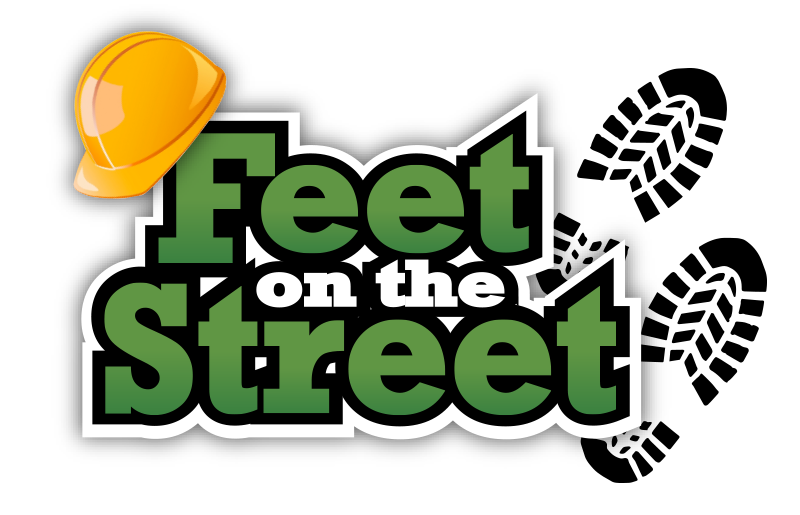
Feet on the Street – This is just another cycle and we are going to have to figure it out.
Back in 2022-2023, rising hard construction costs killed many deals. 2024 saw hard costs come down and construction deals increased. In 2025, like it or not, we are in a new cycle. Sweeping Fed policies, political turmoil, increased stock market volatility and yes, tariffs. Jim Tobin of the National Association of Homebuilders said of the current landscape, this is “The political moment turning into a policy moment”.
My business partner said, “If I hear one more story about tariffs….”
It’s in the news every day, it seems. And yes, it’s tiresome and getting long in the tooth. The back and forth reports about tariffs, their impact on the United States’ relationships with Canada, Mexico, China, the whiplash effect our economy, the stock market, and the American consumer. But the transition from campaign trail promises to policy is here and we need to understand them as best we can.
What is in effect?
Currently, the following tariffs from the second Trump administration are in effect as of March 12, 2025: 25% taxes on all steel and aluminum imports and 20% taxes on Chinese imports.
What is coming?
It’s very fluid as negotiations continue. As of March 16th, reciprocal tariffs and additional tariffs on autos, steel and aluminum will go into effect on April 2, 2025. Beyond that, we don’t know.
What does it mean and why does it matter to Commercial Real Estate?
While attending a speaker panel at the OC Connect Conference, one of the panelists said, “All tariffs do is create uncertainty and stagnation results, Tenants put off making decisions.” It’s too early to tell, but impacts on consumer confidence, recession fears and higher building costs are just a few potential headwinds that can rattle a market that many believe is on the cusp of turning upward and rebounding after more than two years of lackluster activity.
Where are Construction Costs headed?
No surprise, they’re going up. New estimates calculate that the rising costs of lumber, aluminum and steel could add $9,200 in costs to a typical, newly constructed home. A large, Southern California based Plumbing and HVAC Contractor told me that price increases are here, and include both rough and finish materials. “Our bids have gone up 10% to cover the spread and we’re not sure that’s enough” my source stated. We’re also watching “The bandwagon effect”, with others passing along price increases although they are unaffected.
How can you reduce construction risk?
Ensure your construction budgets, including contingency, are realistic and accurate. Talk to your General Contractor, Subcontractors and Suppliers regularly. They’re in the same boat and are feeling the pressure you’re feeling. Ask about alternative materials, payment schedules and other available options. Lastly, if you’re hiring a General Contractor, discuss contract structure. We all know about a G-MAX or guaranteed maximum price agreement, but in this environment a Cost-Plus, or a Not-to-Exceed arrangement may be a better option. Don’t be afraid to embrace the “Open Kimono” approach and be transparent. More than ever, you need each other to get to the finish line.
The bottom line
Stay the course and stay informed. Business fundamentals transcend markets. Be bold, willing to adapt and change. There’s a tremendous amount of capital ready to fund projects. Uncertain times can and often create real opportunities.
– Greg Norris
QuickDraw is the go-to fund control partner for residential, commercial and industrial construction projects. From coast to coast, QuickDraw makes the fund disbursement process a positive experience for all. We provide an array of services including Fund Control, Draw Inspections, Cost Reviews and Portfolio Management.
